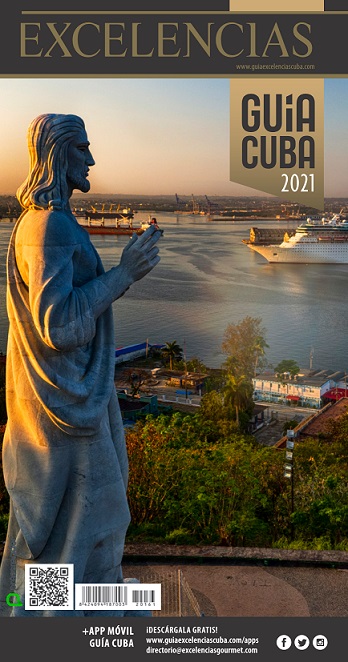Dominique is a small Caribbean island wedged in the middle of the West Indies with exuberant vegetation. That's the reason why it's called the "Island of Nature." Entertainment centers are galore and a case in point is the Tríos Pitons National Park, a jungle-like vegetation huge extension in southern Dominique, recently declared Mankind's Heritage by UNESCO. Likewise, it comprises top-priority fishing areas, manmade reefs, fish breeding ponds and recreational and scuba diving areas, spectacular waterfalls, museums, as well as archeological sites of unmatchable beauty. These are some of the attractions the island's tourist destinations have in store for you. Dominique is a Caribbean island brimming with markets, entertainment centers, restaurants and countless hotel resorts in the city downtown area. It also features hinterland and oceanfront zones with beautiful, well-outfitted and snug facilities, signs of the tourist development achieved by this small island nation.






